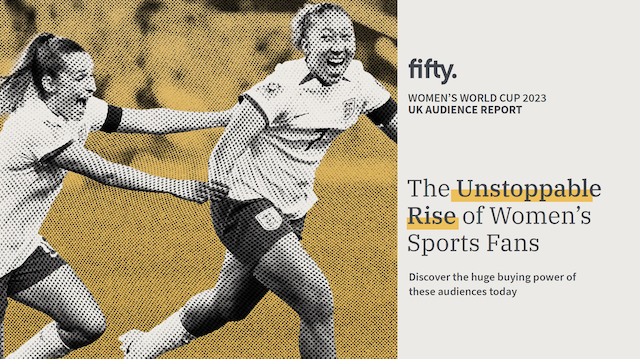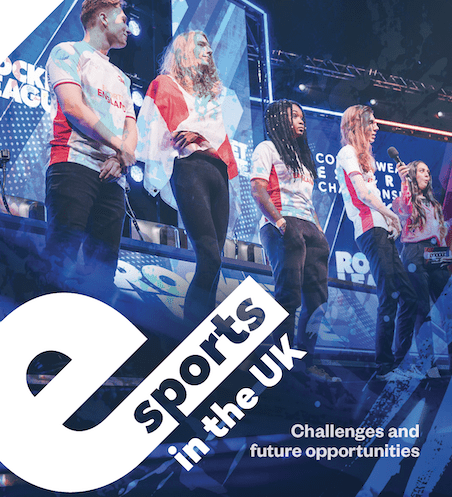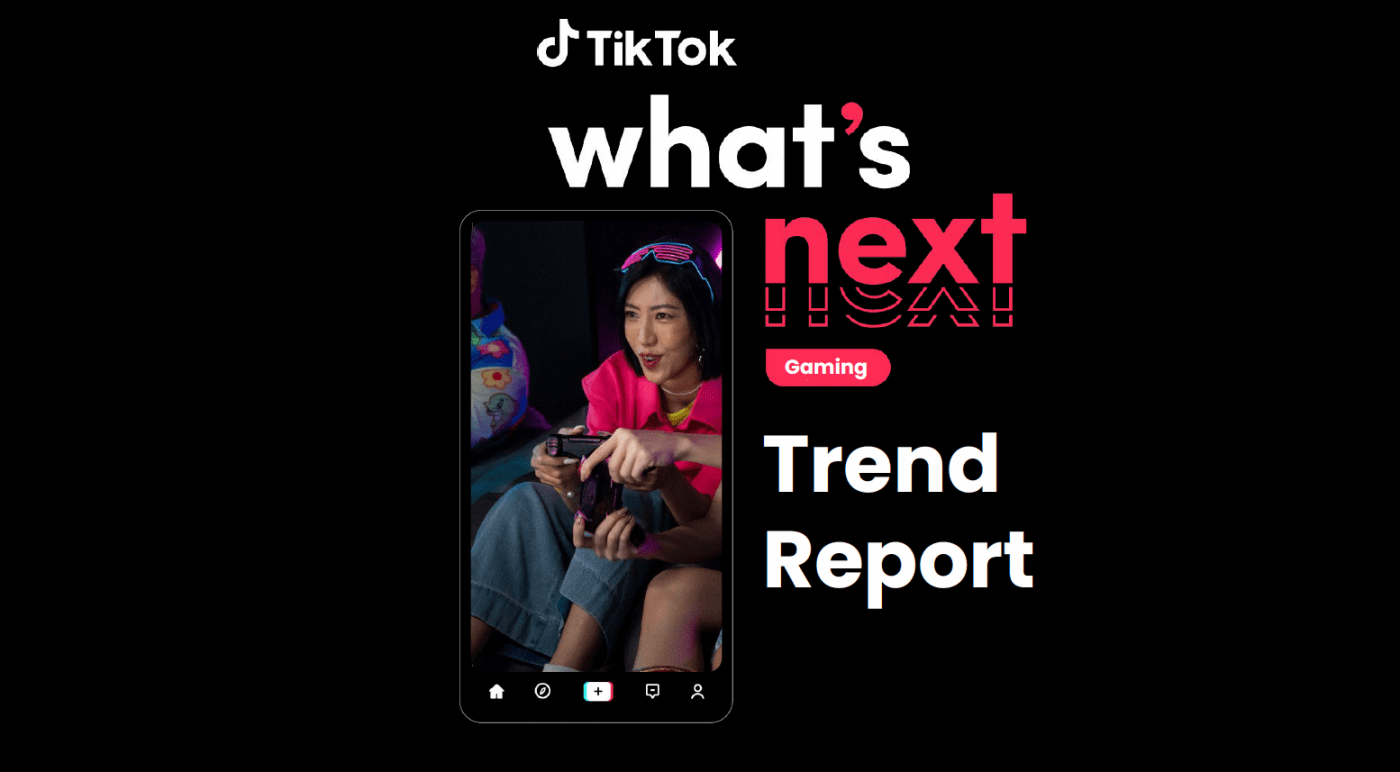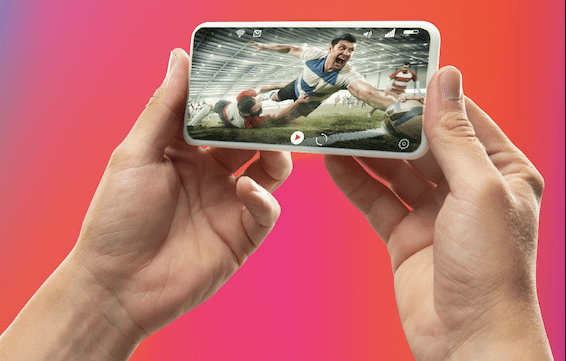ESP’s sponsorship decision-makers survey What sponsors want and where the dollars will go in 2018 is an annual sponsorship spend review and forecast. It also provides insight on priorities for brands and rights holders in generating return on sponsorship investment.
Any head of commercial or partnerships worth their salt should be familiar with these industry trends and have a strategy and plan to leverage where they score well, and on the things they need to address. Understanding what is in What sponsors want and where the dollars will go in 2018 will help them position as best they can giving them the best chance to attract new partners, retain existing and grow margin and revenue.
Strive works with brands and investors advising them on the best way to get value, and aside from the rights holder’s ability to engage reach and engage fans we also look at them as a business i.e. their competency in constantly innovating and striving to operate better, their ability to engage with sophisticated entities, if they understand what partners are trying to achieve and how they can proactively help do that.
The top 10 headlines of What sponsors want and where the dollars will go in 2018 are:
- Worldwide sponsorship spend grew by 4.3%, but this was less than the 4.5% forecast. A key factor in this was reduced spend in the beverage industry, sponsorship’s largest spending category, especially in the US. Despite concerns over the geopolitical climate, improving sales and confidence see brands willing to spend more with worldwide growth predicted to be 4.9% in 2018. Europe is expected to see an even bigger increase, with 5.1% predicted
- Nearly 6 in ten sponsors are looking to exit their agreements prior to renewal, a huge increase from 4.5 a year ago. We suspect a number of reasons for this, based on some of the other headlines lower down and our own client experiences, namely:
- Rights holders don’t anticipate, and are slow to understand, brand’s changing priorities (e.g. support brand perception changes, stimulate trial and/or usage of products, understand how to meaningfully integrate sponsors into digital content etc)
- Rights holders are still trying to sell inventory/assets rather than business solutions
- There is a lack of understanding of how to influence, and measure, return on investment (ROI) amongst sponsorship practitioners. Oddly, brands expect rights holders to tell them if they are getting value, and this isn’t happening. Strive has been doing a lot of work in this area for the last three years, including with AEG venues the O2 and Wembley Arena and their partners Sky, SSE, Nissan, Amazon, Uber, Coca Cola etc
- Nearly 7 in 10 brands are considering new sponsorships in 2018 – with the previous stat added to the market growth, this is no great surprise
- Aside from the usual given that is category exclusivity, a presence in digital /social /mobile media is cited as the most valuable benefit to sponsorship managers – digital is seen as the most effective channel to give reach and engagement by brands, with the traditional perceived value of onsite branding ranking only 6th. However, the use of digital channels is often primitive with untargted communications, little thought given to whether the activity will be valued by the the target audience (it being more a broadcast than a meaningful engagement) etc
- Whilst awareness, brand perception and loyalty remain the most valuable objectives in sponsorship, thanks to sponsorship’s wide reach and ability to emotionally engage, stimulating trial and/or usage of products has leapt from thenth to fifth and 21% to 30%. We expect the latter is down to the pressure on understanding ROI and the commercial returns of sponsorship. Oddly social responsibility has dropped from third to eventh. This, combined with a greater focus on commercial returns, may show a more short-termist approach to value in an uncertain economic environment, especially given the wider industry narrative around the importance of purpose only increasing.
- Sponsorship activation budgets are roughly 2.2x rights fee, with 24% spending 4-1. However 19% of brands staggeringly spend nothing, a growth of 7%. This could be a sign of last year’s economic uncertainty given Brexit and the wider geopolitical climate. Support for this theory seems to come from the fact 40% of brands plan on increasing budgets this year, with 45% staying the same. Interestingly, the increase in spend on activation isn’t mirrored in spend on rights fees, with only a 33% increase in spend by brands here and 20% saying they will decrease. This seems to indicate the need to sweat assets harder.
- Sponsorship accounted for 17% of marketing spend in 2017, down 2%. We have seen an increase in the internal battle for budget between sponsorship managers and their colleagues who look after other channels (e.g. digital marketing). An inability to articulate ROI in sponsorship has meant they have lost out to those who have a simple/more robust rationale for justifying spend. This should sharpen the focus of rights holders to better support here, as ultimately it’s their budgets that will be hit
- 98% of sponsorship decision-makers cite social media as the key activation channel, with 95% voting Facebook as the key platform. Twitter is second, but dropped from 90% to 80%. This presents interesting challenges for rights holders given the Facebook algorithm change and a reduction in reach for their posts. We expect an even greater shift by brands to Facebook ad spend in order to activate effectively. Rights holders are already missing out on monetising their fanbase digitally, and we see this only growing unless they build an effective strategy to harvest their third party digital audience, converting them to first party relationships. To do this they need to build a compelling value proposition and build an effective plan to ‘acquire their fans’ back from Facebook etc.
- The most valuable service a rights holder can offer a sponsor is support in measuring ROI (50%), second is providing a post event audit at 46%. These two factors are inherently related and a definitely a strong theme for the entirety of this survey. Despite this being the same as last year, we still see little understanding of how to do this by rights holders and indeed little urgency to address it. Whenever revenue is talked about, the narrow view of new partners is prioritised over and above the retention and upsell of existing partners, something that is eminently harder for them to deliver. Their existing, and potential, sponsorship spend is under serious threat (as outlined above) from brands looking to move their sponsorships, sponsorship managers losing out on budget to other marketing channels and increased spending on third party platforms, unless they remedy this. Third ranked, at 34%, is research of attitude/image i.e. brand perception. Again, this is related to ROI. There is a complete lack of understanding of research and data at almost all levels of rights holder businesses. It is often wrongly seen as a cost, rather than investment. AEG, one of Strive’s recent clients who adopted our ROI approach, has seen the benefit in the upskilling of their staff, corporate reputation with their sponsors, delivery of value back to sponsors and therefore retention and growth of their partner family. Their commitment to investing in this understanding has resulted in a recent hire whose sole purpose is to support partner ROI.
- 31% of brands don’t measure ROI – an increase of 4%. As discussed, as important as this is, brands see it as the rights holders job. Inaction is a huge threat, but for those that invest it is an opportunity to differentiate!
To download the What sponsors want and where the dollars will go in 2018 report, please click here.
If you would benefit from the advice of a sports agency, Strive Sponsorship can help. Contact us for sports sponsorship, commercial, content, operations, investment and communications consultancy services.













